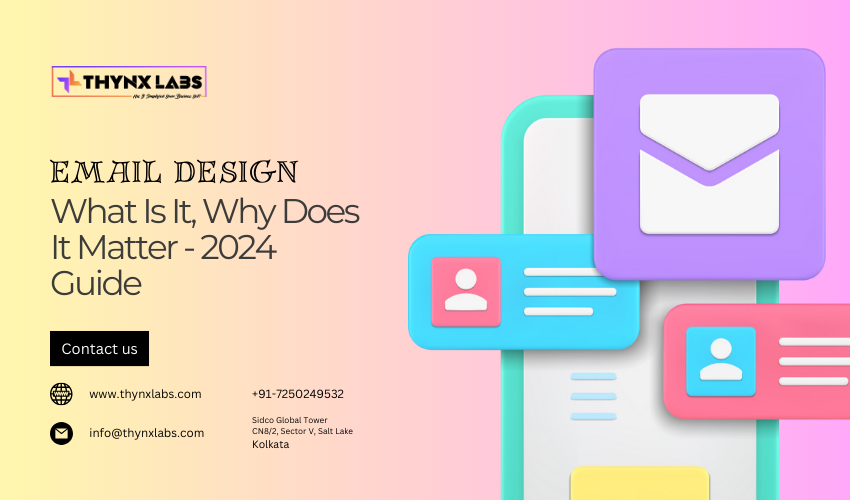Segmented Email Lists for Targeted Campaigns
Segmented Email Lists for Targeted Campaigns: Unlocking Personalized Marketing
In the digital age, where personalization is the cornerstone of effective marketing, the power of segmented email lists cannot be underestimated. Crafting and delivering tailored messages to specific groups of subscribers can drastically improve engagement, conversion rates, and customer satisfaction. In this article, we'll explore the concept of segmented email lists, their significance, strategies for effective segmentation, and how they pave the way for targeted and successful email campaigns.
Introduction
In an era of information overload, personalized marketing is the key to cutting through the noise and resonating with your audience. Segmented email lists enable you to deliver tailored content that speaks directly to the preferences and needs of different segments of your subscriber base.
The Importance of Personalization in Marketing
Consumers are more likely to engage with content that feels personalized to them. Personalization creates a sense of relevance and builds stronger connections with your audience.
Understanding Segmented Email Lists
Segmented email lists involve categorizing your subscribers into distinct groups based on shared characteristics, behaviors, or preferences.
Why Segmentation Matters
Sending generic, one-size-fits-all emails can lead to disengagement or even unsubscribes. Segmentation allows you to send the right message to the right people, increasing the chances of conversion.
Strategies for Effective Email List Segmentation
Demographic Segmentation
Group subscribers based on demographics such as age, gender, location, and income. This helps tailor content to their specific attributes.
Behavioral Segmentation
Segment subscribers based on their actions, such as website visits, clicks, and past purchases. This allows you to send relevant content based on their interactions.
Purchase History Segmentation
Create segments based on the products or services subscribers have purchased in the past, allowing you to suggest complementary offerings.
Engagement-based Segmentation
Segment subscribers by their level of engagement with your emails. This ensures that you're not bombarding inactive subscribers and can re-engage them strategically.
Crafting Personalized Email Campaigns
Use the insights gained from segmentation to craft emails that resonate with each group's interests, needs, and behaviors.
Delivering Value through Targeted Content
Segmented emails should provide value to the recipients. Whether it's educational content, special offers, or personalized recommendations, the content should be relevant and beneficial.
Maximizing Open Rates and Click-through Rates
Targeted emails are more likely to be opened and clicked on, leading to higher engagement rates and increased conversion opportunities.
Measuring Success: Analyzing Segmented Campaigns
Metrics like open rates, click-through rates, conversion rates, and revenue generated can help gauge the success of your segmented campaigns.
Case Studies: Success Stories with Segmented Email Lists
Businesses that have implemented segmented email strategies have witnessed higher engagement, increased sales, and improved customer satisfaction.
Continuous Refinement: Adapting Segmentation Strategies
As your audience and business evolve, so should your segmentation strategies. Regularly review and adjust your segments to ensure relevance.
Collaborating with Email Marketing Experts
Working with professionals who understand the intricacies of email marketing and segmentation can optimize your efforts and deliver superior results.
Conclusion
Segmented email lists are the foundation of successful email campaigns in the modern marketing landscape. By understanding your audience, segmenting your subscribers, and delivering personalized content, you can foster stronger relationships, drive conversions, and achieve remarkable marketing outcomes.
FAQs
Q.1 Do I need a large subscriber list to implement email segmentation?
No, even with a smaller list, segmentation can provide benefits by tailoring content to the specific needs of your subscribers.
Q.2 How often should I update my email segments?
Regular updates are necessary, especially as your audience's behaviors and preferences change. Quarterly or semi-annual reviews are a good practice.
Q.3 Can segmentation improve my email deliverability?
Yes, sending relevant content to engaged segments can improve your sender reputation, which in turn positively affects deliverability.
Q.4 What's the biggest advantage of behavioral segmentation?
Behavioral segmentation allows you to respond in real-time to your subscribers' actions, ensuring timely and relevant communication.


